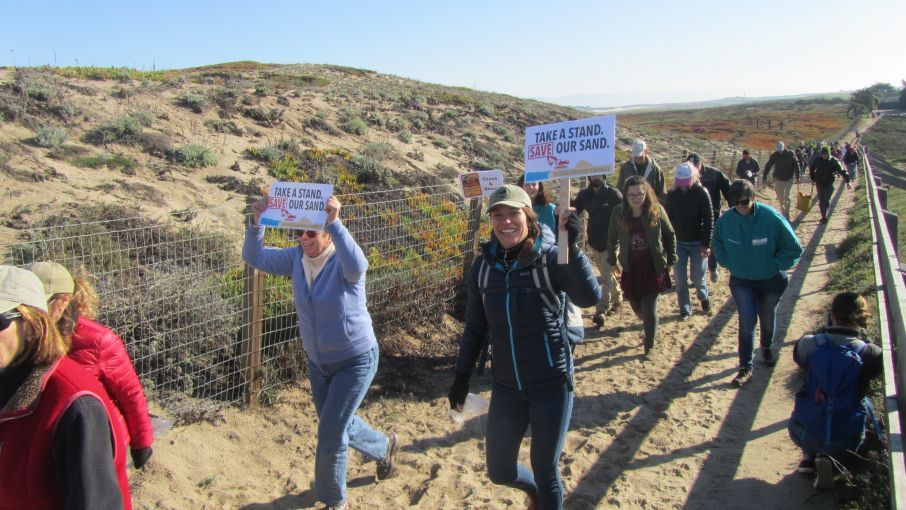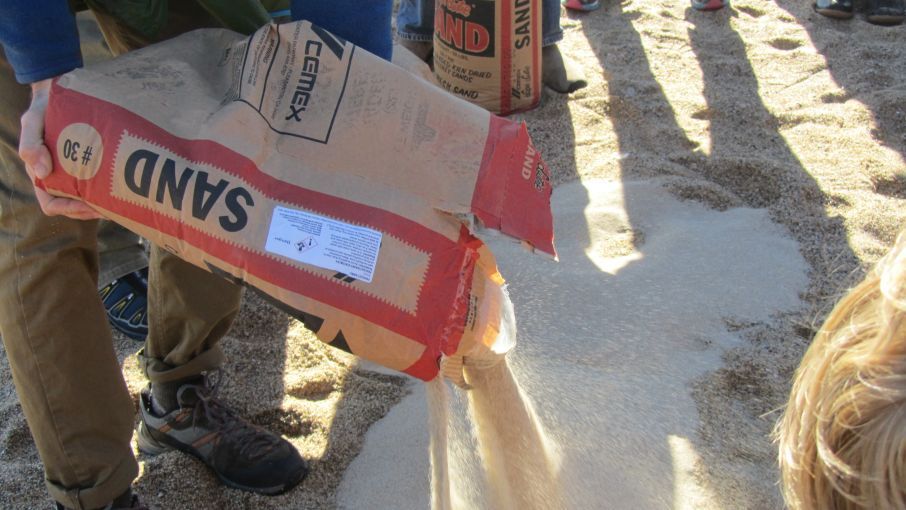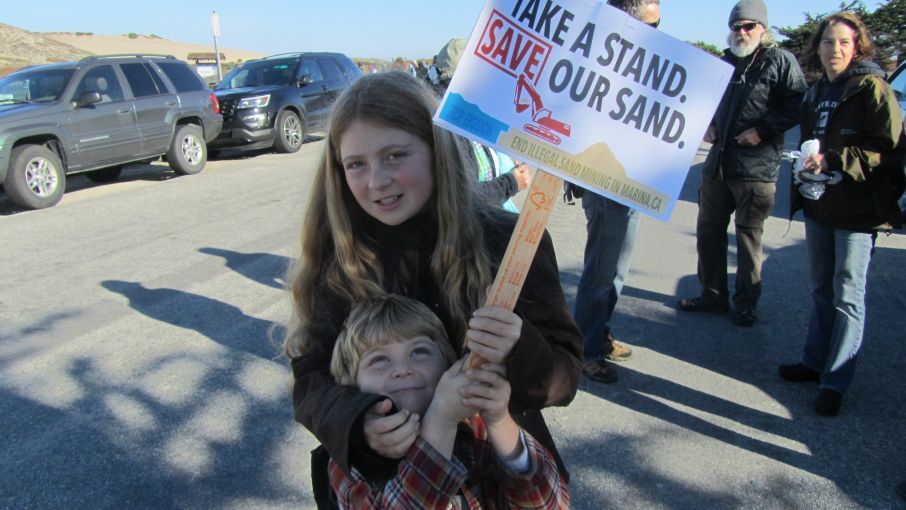In early May 2017, to the delight of California environmental activists, the last beach sand mining operation in the United States came a big step closer to getting shut down.
The beach near the town of Marina, just north of Monterey, California, is the only one in the country that is still being mined for construction sand. Cemex, a global construction firm based in Mexico, operates a dredge there that sucks up an estimated 270,000 cubic meters of sand every year. For most of the 20th century there were many such beach sand mines along the California coast, but in the late 1980s the federal government shut them down because it had become clear the loss of sand was severely eroding the Golden State’s famous beaches. The Cemex plant, however, is still operating thanks to a legal loophole—it sits on private land above the mean high tide line, putting it out of federal jurisdiction. For years now protesters have been calling on authorities to step in.
In mid-January, I watched as several dozen cheering activists dumped 200 pounds of bagged, store-bought sand back onto the beach, literally returning the grains back to where they had come from. The sand, sold in area hardware stores, had originally been mined from that very beach—a beach which, according to researchers, is gradually disappearing as a result.
“This is the fastest-eroding shoreline in California. We’re losing eight acres a year of pristine shore, some of the most beautiful in the world,” said Professor Ed Thornton, a retired coastal engineer with the Naval Postgraduate School in Monterey who has been studying the impact of the mine for years. “It’s because of sand mining.”
Cemex has long disputed that. Via email, they told me they believe that Thornton’s conclusions “are based on what we believe to be erroneous, speculative data and unsound theory.”
The issue has been stuck there for years, but now there’s finally movement. In mid-May, the State Lands Commission sent a letter to CEMEX officials demanding that the company obtain a lease from the commission and begin paying royalties, or shut down. Applying for that lease would also require Cemex to submit an environmental impact review, which activists are confident will show the mine cannot be operated without causing undue damage.
“I feel vindicated,” Thornton told the Monterey County Weekly. “The people won.”





